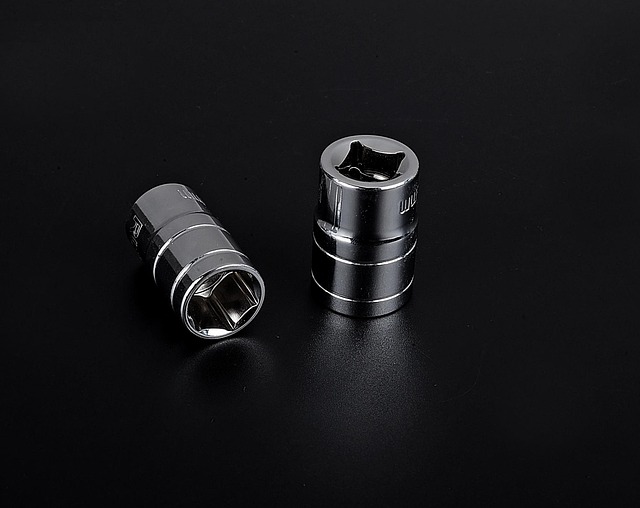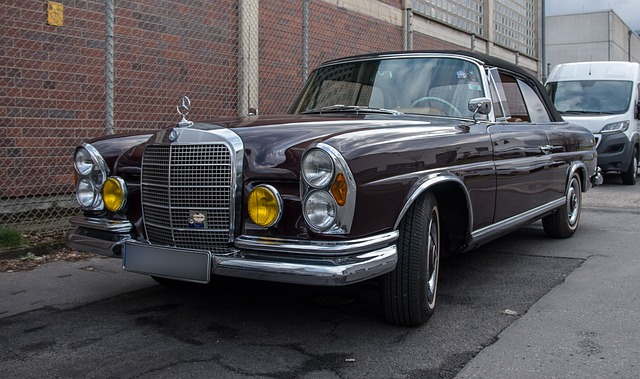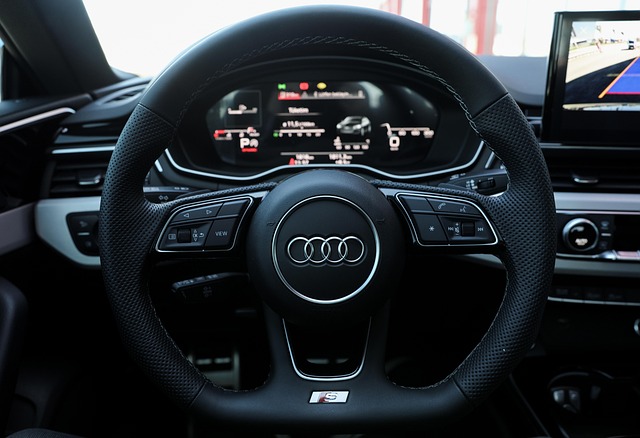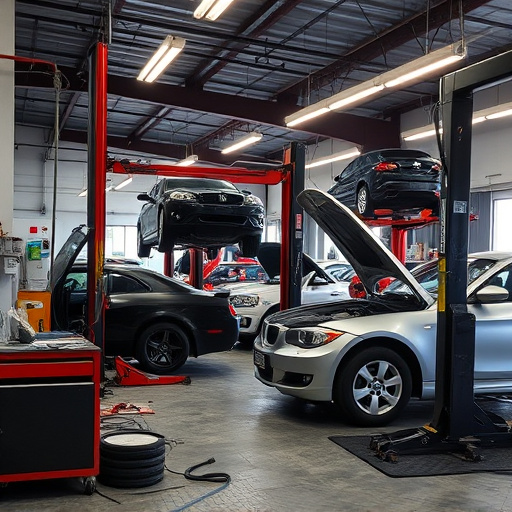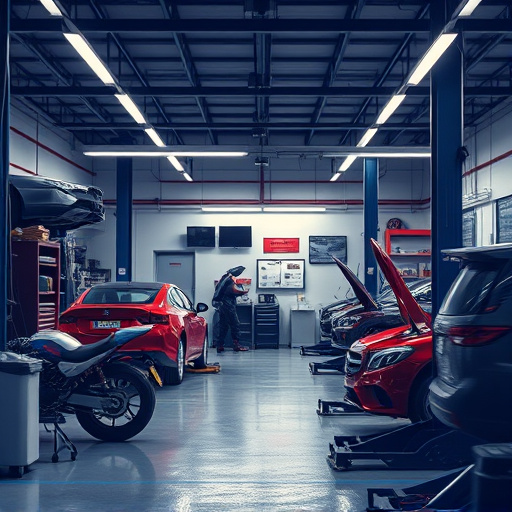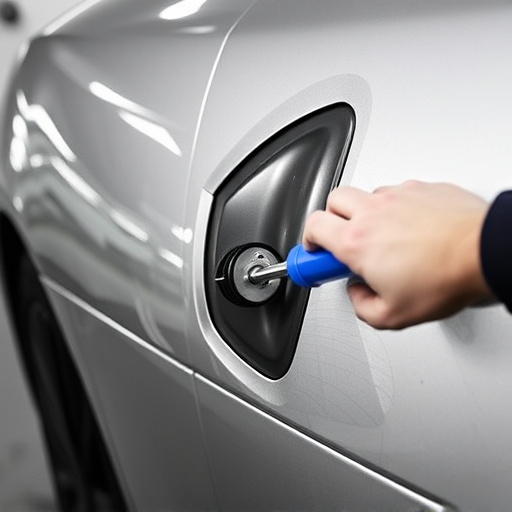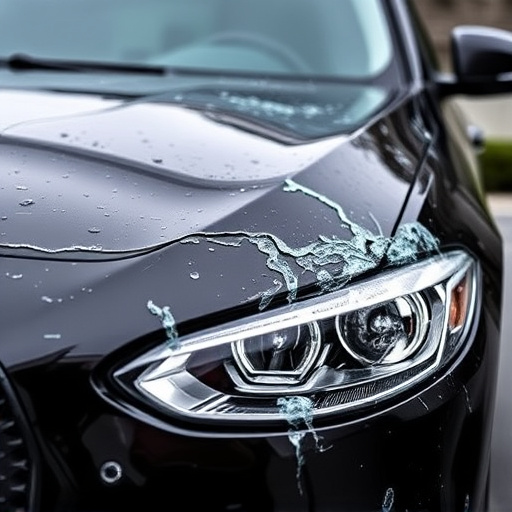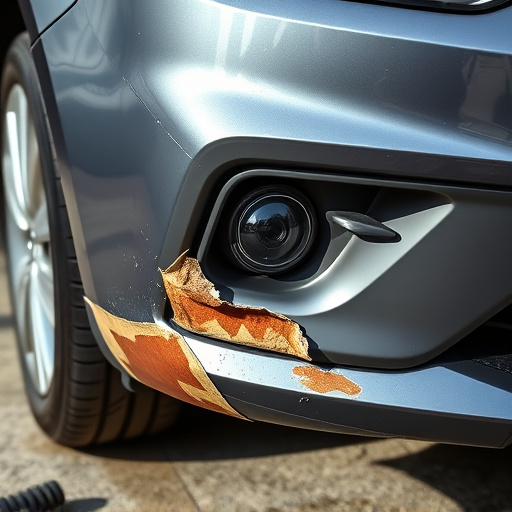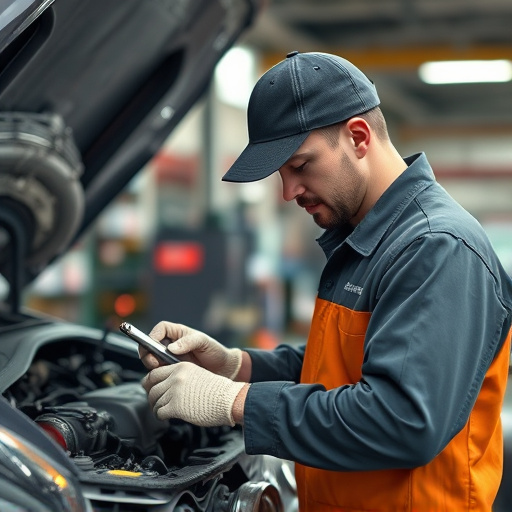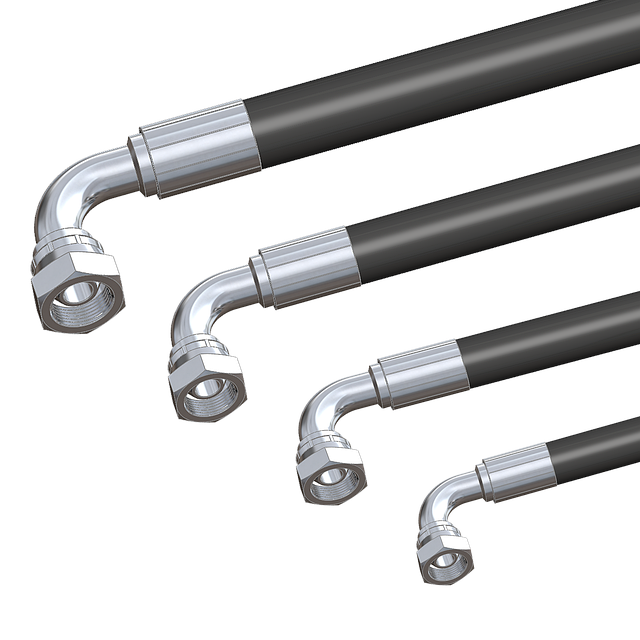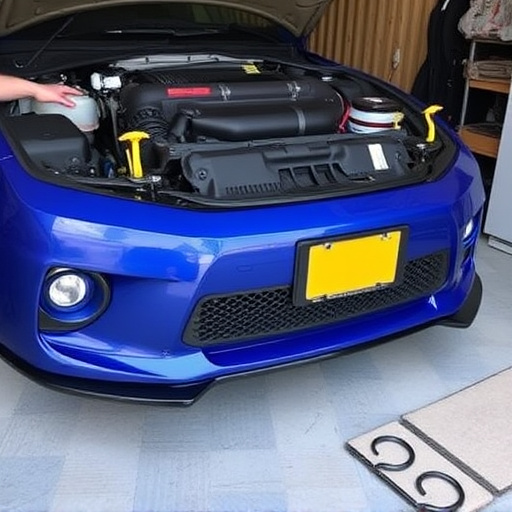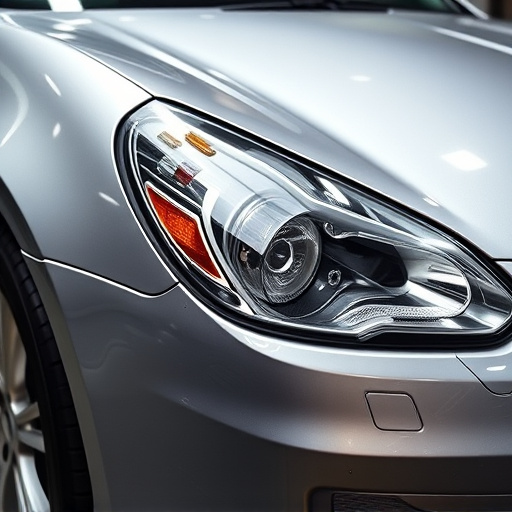Mercedes windshield replacement goes beyond aesthetics, addressing critical safety concerns for luxury vehicles' Advanced Driver Assistance Systems (ADAS). Proper calibration of ADAS sensors, including cameras, radar, and lidar, is vital for optimal performance, safety, and seamless integration after the replacement, ensuring Mercedes Benz collision repair quality. Skilled technicians perform meticulous recalibration to maintain these systems' effectiveness.
When it comes to Mercedes windshield replacement, ensuring proper calibration of Advanced Driver Assistance Systems (ADAS) is crucial for safety and optimal performance. This article delves into the significance of ADAS calibration after a windshield replacement, explaining why it’s not just an option but a necessary step. We’ll explore the process, its benefits, and how it maintains the integrity of your Mercedes’ cutting-edge safety features. Understanding these aspects is key to navigating this modern automotive landscape.
- Mercedes Windshield Replacement: A Necessary Step
- Understanding ADAS Calibration Process
- The Impact of Proper Calibration Post-Replacement
Mercedes Windshield Replacement: A Necessary Step
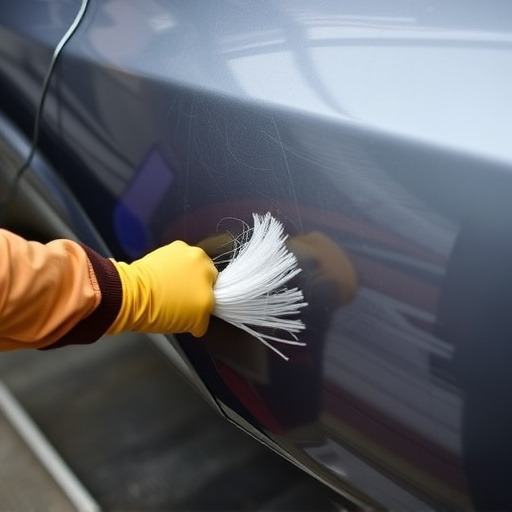
Mercedes windshield replacement is a crucial step in maintaining the safety and performance of your vehicle. In today’s automotive landscape, Advanced Driver Assistance Systems (ADAS) are becoming increasingly common in luxury vehicles like Mercedes Benz. These systems rely on precise calibration to function optimally, ensuring features such as lane-keeping assist, adaptive cruise control, and automatic emergency braking work effectively.
When a Mercedes owner decides to replace their windshield, it’s not just about aesthetics or addressing a crack; it’s also about ensuring the proper functioning of these safety features. The replacement process involves more than simply swapping out the glass. It requires skilled auto body repair technicians who understand how to calibrate and integrate ADAS systems back into the vehicle, maintaining the overall functionality and reliability of the Mercedes benz collision repair. This step is vital to guarantee that your Mercedes not only looks as good as new but also continues to provide the advanced safety features for which it’s known.
Understanding ADAS Calibration Process
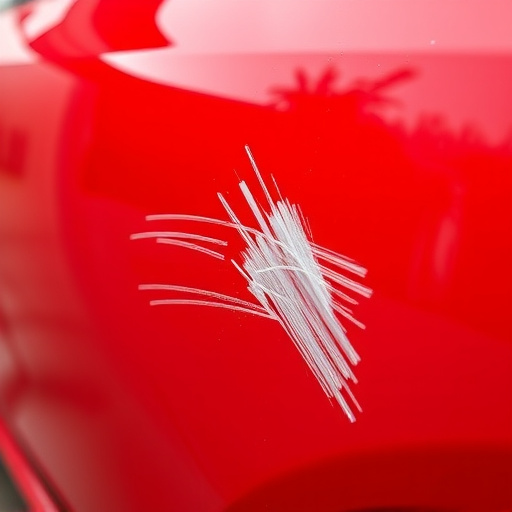
When a Mercedes owner decides to replace their windshield, it’s not just about aesthetics; it’s a safety measure that often necessitates a deeper look into the Advanced Driver Assistance Systems (ADAS) calibration process. ADAS, a suite of technologies designed to enhance vehicle safety, relies on precise sensor positioning and alignment. During a Mercedes windshield replacement, these sensors—including cameras, radar, and lidar—may be affected, leading to potential malfunctions if not properly recalibrated.
The calibration process involves re-training the system to recognize and respond accurately to road conditions, obstacles, and other vehicles. This typically requires specialized equipment that can emulate real-world scenarios and adjust the ADAS settings accordingly. Many reputable collision repair shops and automotive body shops offering Mercedes windshield replacement services also provide this crucial calibration as part of their package, ensuring that your vehicle’s safety features function optimally after the repair.
The Impact of Proper Calibration Post-Replacement
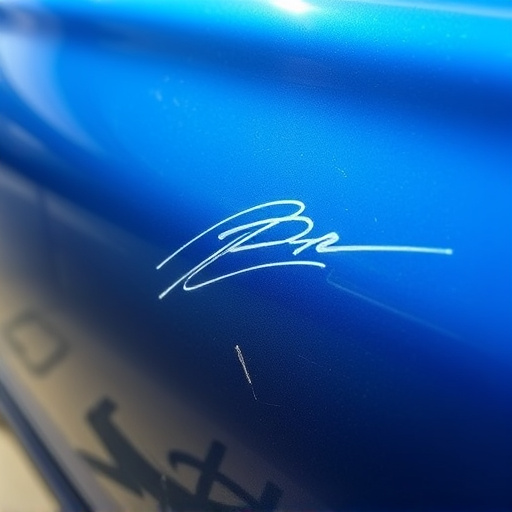
Proper calibration after a Mercedes windshield replacement is paramount to ensure the safety and optimal performance of Advanced Driver-Assistance Systems (ADAS). These systems, which include features like adaptive cruise control, lane keeping assist, and automatic emergency braking, rely on precise sensor data to function accurately. Even a minor misalignment or improper setup can lead to compromised ADAS functionality, potentially affecting the vehicle’s ability to detect obstacles, maintain lane position, or respond appropriately during critical driving situations.
Therefore, following a Mercedes windshield replacement, it is crucial to undergo thorough calibration of these systems as part of the vehicle body repair process. Skilled automotive collision repair technicians employ specialized tools and procedures to ensure that all sensors, cameras, and radar components are correctly positioned and functioning seamlessly with the vehicle’s electronic control units. This meticulous attention to detail is essential in achieving the best possible outcomes for both driver safety and the overall automotive repair experience.
When it comes to Mercedes windshield replacement, proper calibration of Advanced Driver Assistance Systems (ADAS) is paramount. The process ensures that sensors like cameras and LiDAR operate at peak efficiency post-replacement, enhancing safety features such as lane-keeping assist, adaptive cruise control, and collision prevention. Remember that, without this critical step, drivers might experience reduced system performance or even potential malfunctions. Thus, prioritizing ADAS calibration after Mercedes windshield replacement is a game-changer for maintaining optimal vehicle safety and functionality.
